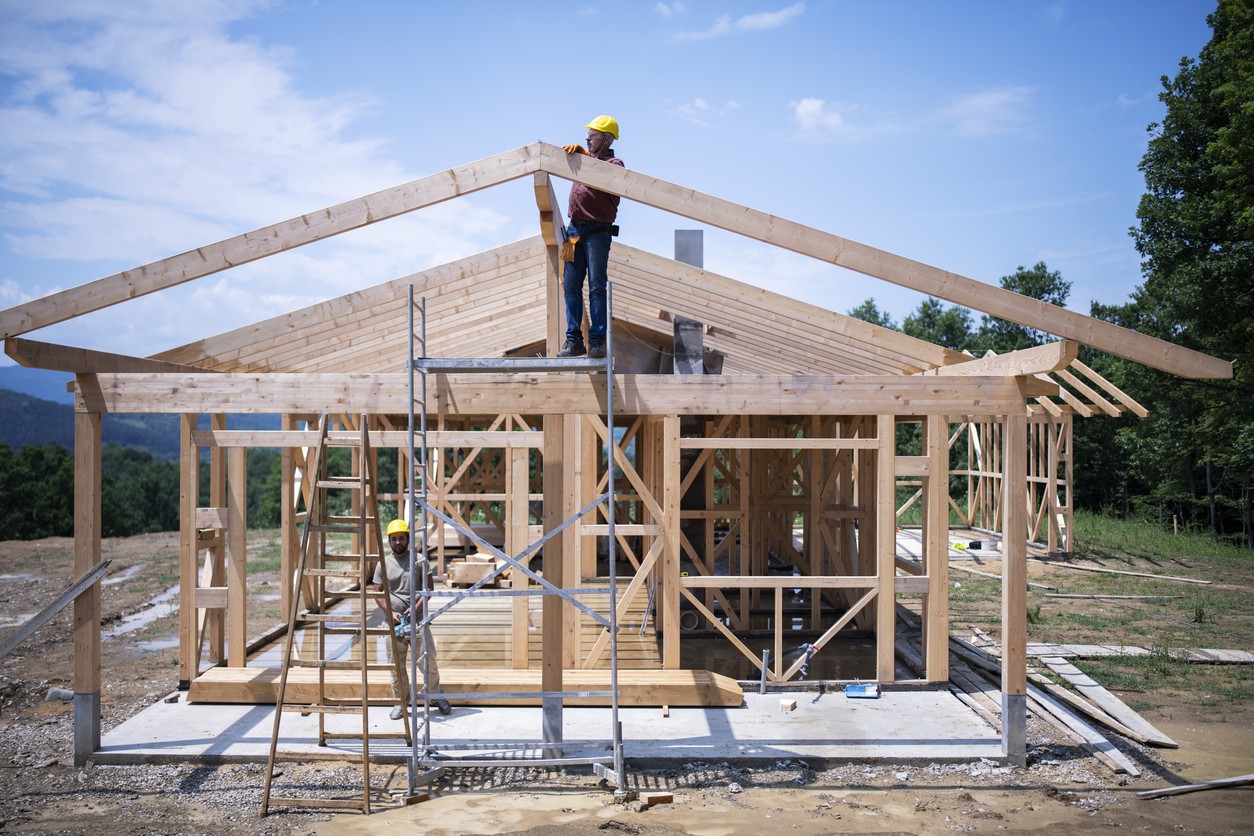If your client has builder’s risk insurance, it’s time to look at the fine print. These little overlooked details can save your client or make their day stressful.
Paying attention to these details will help you and your client in assessing whether they are comprehensively insured or not. Trust us! You don’t want your clients to be underinsured.
Remember, construction entails a large budget. When a disaster happens during the project, and your client isn’t appropriately insured, you might lose their trust.
So, here are the most common details that you and your client shouldn’t overlook.
Expected Date to Complete
More often than not, the anticipated completion of the project doesn’t coincide with the policy expiration. Most projects have some sort of delay in completing the construction activities. So, when you apply your client’s builder’s risk, always look for that detail in the project contract. Don’t use the policy date of expiration, which most agents make a mistake of doing. If you can’t find it, the most practical thing to do is ask your client. Now, your client might ask why you are asking for this detail. Your client must understand the importance of this one critical detail. This date triggers the coverage of New York Builder’s Risk Insurance. Most of the time, a construction project involves time-element coverage. If the date of completion is incorrect, your client is at risk of not having the coverage. Worst, this circumstance can trigger a loss. In short, confirm this tiny detail before submitting the builder’s risk application. Your client expects you to do extraordinary diligence to deliver quality service. This act is one of them, checking the anticipated completion date.Soft Costs and Hard Costs Computation
These costs differ from one project to another and are important in determining insurance coverage. So, your client must be able to provide you an accurate estimate of soft and hard costs.But what are these costs?
Hard costs refer to the direct expenses related to the construction of the building. These include labor and materials. Example of hard costs are:- contractor costs such as profit, labor, and overhead,
- Subcontractors for plumbing, electrical, and HVAC,
- Materials with shipping costs (plants, fixtures, finish materials).
- Architectural service fees
- Engineering service fees
- Site analysis (survey and geotechnical)
- Financing and legal fee
- Landscape designing fees
Date When the Coverage Ends
Your client must understand the difference between policy and project completion dates. At the same time, you should make sure that your client is fully covered. So, when does the builder’s risk coverage end? Here are some triggers that your client should know, too, whichever comes first:- Cancellation or expiration of the policy
- Cessation of your client’s interests
- The owner accepts the building
- Property already leased
- Abandonment of project with no intention to finish
- Property insurance becomes permanently applicable
- The building was occupied for 60 to 90 days.



